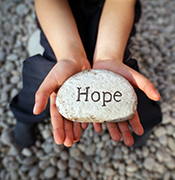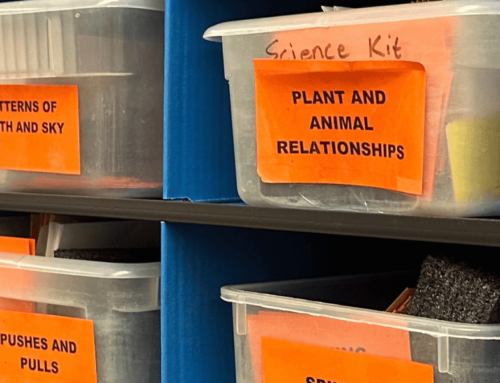
They are regularly in the news: the opioid epidemic, alcohol abuse, increasingly potent marijuana strains, the resurgence of heroin, Ecstasy and other synthetic drugs. Use of these drugs can have a profound effect on both body and mind – difficult enough for an adult system to process, but even more destabilizing to the developing brain of a youth. Options for those who seek help for a Substance Use Disorder (SUD) can vary depending on the type of treatment needed and the availability of resources, but usually take place in a treatment program via a medical or clinical setting.
However, youth have additional options, one of which is a recovery high school. These secondary schools are designed to educate and support students in recovery from SUD. But what about the youth in need of SUD services who don’t live close to, or wish to attend, a recovery high school, or aren’t in high school yet?
“According to the 2014 National Survey on Drug Use and Health, nine percent of youth aged 12-17 years old reported that they were currently using an illicit drug. Moreover, 20.6million persons—eight percent of the population aged 12 or older—needed treatment for an illicit drug or alcohol use problem but did not receive treatment at a specialty facility in the past year.” 1
The need for youth treatment options is certainly there. ”Nationally, approximately 10% of adolescents in need of treatment for a substance use (SU) disorder receive treatment. School-based treatment may provide an important opportunity to reduce the treatment gap by facilitating access to services.” 2
As youth are more likely to engage in treatment settings that are accessible and familiar, some Washington Educational Service Districts have partnered with School Districts in their region to offer school-based SUD services. Teachers, parents, or administrators can refer youth to the program, or they can refer themselves. Students attend sessions in a confidential setting with a Chemical Dependency Professional (CDP) during the school day, and class periods are rotated so the student does not repeatedly miss the same course. The CDP utilizes an evidence-based program and offers a wide range of services: Assessment, Individual, Groups, and Case Management. If a youth’s needs cannot be met in the school-based setting, the CDP will refer the student to appropriate outside services.
Other advantages to offering school-based services:
- Relationships are already built between students and teachers, counselors, and other staff
- Students have, quite often, already been receiving Substance Abuse Prevention/Intervention educational services
- Reduces transportation barriers: neither students nor parents have to leave to access services or find transportation to an outside provider
- Cost is usually free or based on a sliding scale
Lastly, one of the main contributors to relapse in recovering youth is returning to their pretreatment school and peer group. “One study found that virtually all adolescents returning to their old school reported being offered drugs on their first day back in school.” 3 By providing youth with tools and practice to cope with their everyday environment as they progress through their treatment plan, they will have a better chance of maintaining their recovery.
Regardless of whether a youth suffering with a SUD attends a school-based or clinical treatment program, research shows that successful engagement in treatment increases attendance improves grades, and reduces dropout rates. By having a SUD program readily available in the school, program sustainability is also increased, allowing continuation of support services to youth endeavoring to live substance-free.
For further information about this program, please contact Jodie DesBiens, Director of Behavioral Health and Prevention Services, at 425-879-8810 or at jdesbiens@nwesd.org.
-Ed
Resources:
- Substance Abuse and Mental Health Services Administration. Results from the 2012 National Survey on Drug Use and Health: Summary of National Findings, NSDUH Series H-46, HHS Publication No. (SMA) 13-4795. Rockville, MD2013.
- Taylor & Francis online article abstract ” Feasibility of implementing the Adolescent Community Reinforcement Approach in school settings for adolescents with substance use disorders“
- Spear SF, Skala SY. Posttreatment services of chemically dependent adolescents. In: Rahdert E, Czechowicz D, editors. Adolescent drug abuse: Clinical assessment and therapeutic interventions (NIDA Research Monograph 156) U.S. Department of Health and Human Services, National Institute on Drug Abuse; Rockville, MD: 1995. pp. 341–364.



